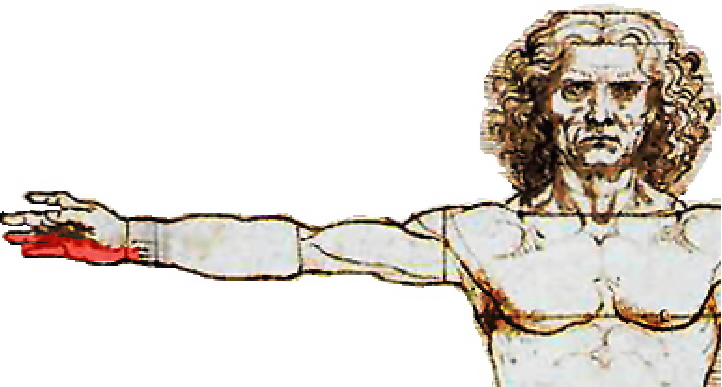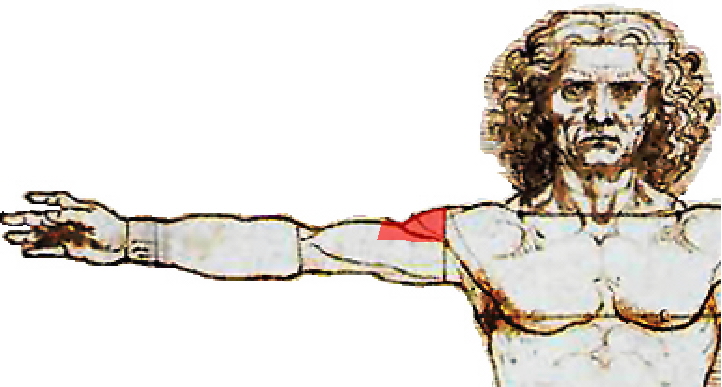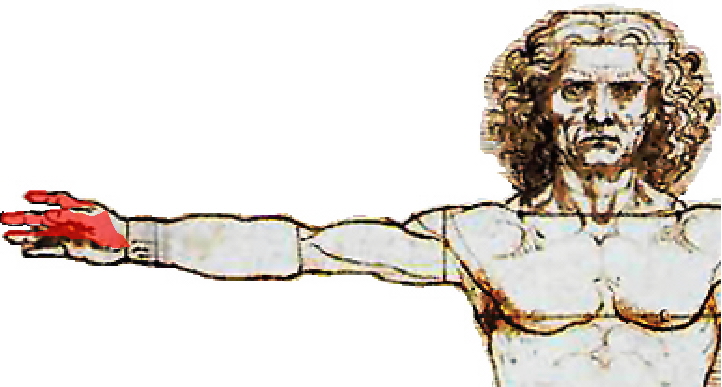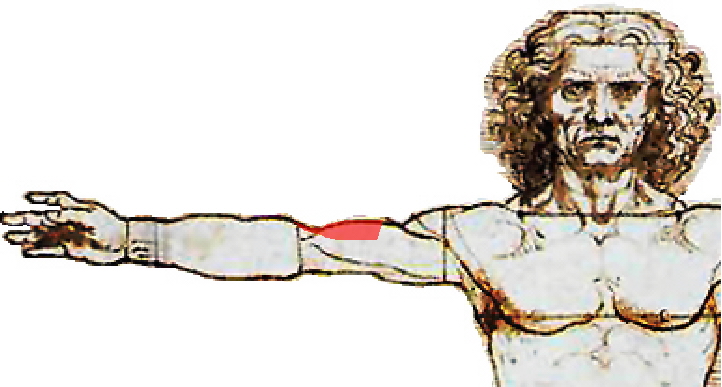Of the following options, which nerve has a sensory distribution that best matches the region illustrated?

Sensory innervation of the upper extremityTopic: AnatomyCreated on Friday, December 22 2006 by jdmiles Last modified on Sunday, November 16 2008. A 532 year-old Vitruvian male presents to your office, complaining of numbness in the region highlighted in red in the image below. Of the following options, which nerve has a sensory distribution that best matches the region illustrated?
 A) Ulnar B) Axillary C) Medial antibrachial cutaneous D) Median E) Dorsal antibrachial cutaneous
This question was last modified on November 16, 2008.
ANSWERS AND EXPLANATIONSA) ulnar
| |||||||||||||||||||||||||||||||||||||||||||||||||||||||||||||||||||||||||||
 |  |  | 
|  |  |
| Please log in if you want to rate questions. | |||||

 |  |  | 
|  |  |
| Please log in if you want to rate questions. | |||||

 |  |  | 
|  |  |
| Please log in if you want to rate questions. | |||||

 |  |  | 
|  |  |
| Please log in if you want to rate questions. | |||||

 |  |  | 
|  |  |
| Please log in if you want to rate questions. | |||||
| 1. Gray, Henry. (1918). Anatomy of the human body 20th ed. Philadelphia: Lea & Febiger. (ASIN:B000TW11G6) | Advertising: |
 |  |  | 
|  |  |
| Please log in if you want to rate questions. | |||||
FrontalCortex.com -- Neurology Review Questions -- Neurology Boards -- Board Review -- Residency Inservice Training Exam -- RITE Exam Review